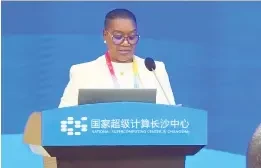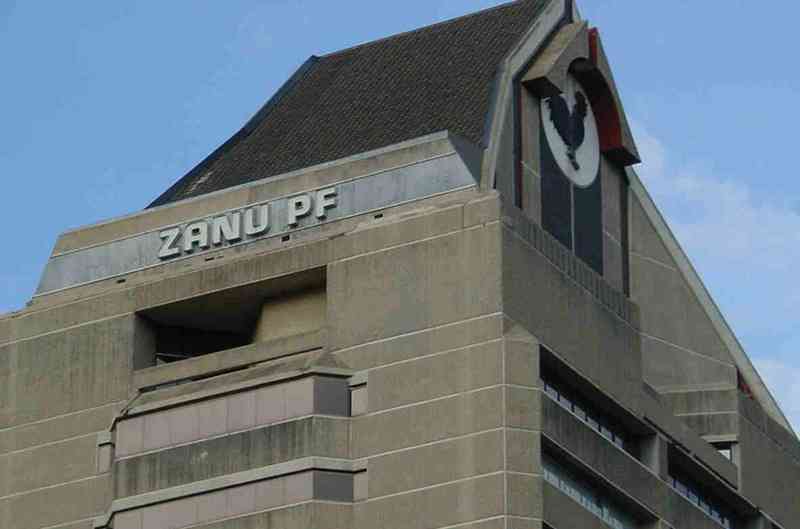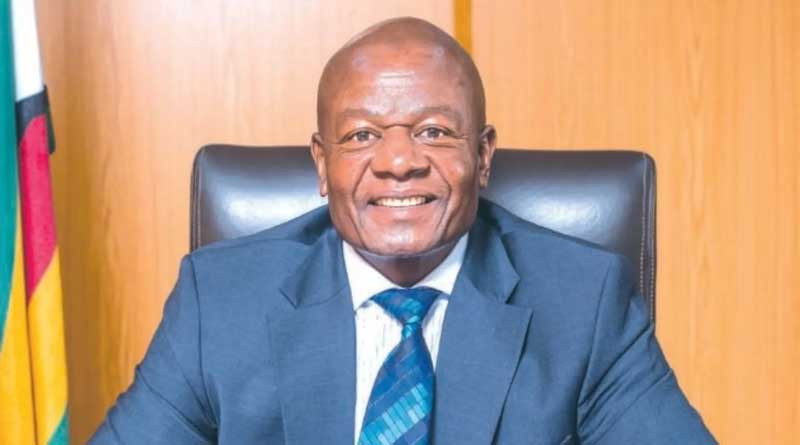
ZIMBABWE’S lithium potential is already reshaping Africa’s critical minerals landscape, the Zimbabwe Miners Federation (ZMF) has said.
Speaking at the ongoing China-Africa Economic and Trade Expo in Changsha, Hunan province, China, yesterday, ZMF president Henrietta Rushwaya said Zimbabwe accounts for approximately 30% of all lithium production in Africa.
She said leading this charge are Chinese-owned ventures: Arcadia Lithium Mine (owned by Huayou Cobalt), Bikita Minerals (Sinomine), the Kamativi Lithium and Tantalite Project (run by Sichuan-backed Bravura) and Sabi Star (operated by MaxMind Investment).
“These operations have positioned Zimbabwe as the most dynamic lithium hub outside Asia,” Rushwaya said.
“Arcadia alone is expected to produce over 60 000 tonnes of lithium concentrate annually, contributing to the global electric vehicle (EV) and battery manufacturing supply chain.
“Beyond mining, Zimbabwe offers an ideal platform for Chinese companies to establish lithium battery manufacturing plants and ultimately EV assembly lines.”
The ZMF president said Zimbabwe stands as one of the most mineral-rich countries in Africa, with over 60 commercially exploitable mineral resources.
These include gold, platinum group metals, chrome, diamonds, lithium, rare earth elements (REEs), iron ore, coal, graphite, nickel, copper, and tantalite — among many others, she said.
- Disgruntled chrome miners meet govt over poor prices
- Small scale miners call for gemstone trade liberalisation
- Govt blocks small-scale miners from lithium fields
- ‘Govt to regulate artisanal miners’
Keep Reading
“The government has set a bold and achievable goal: to transform Zimbabwe into a US$40 billion mining industry hub, with Chinese investment playing a central role in achieving this milestone.
“However, despite this immense endowment, Zimbabwe remains significantly under-explored.”
Rushwaya said in the past two decades, the country has witnessed limited investment in modern geological exploration, which has led to an overreliance on historically known deposits while vast greenfield opportunities remain untapped.
“Zimbabwe's geological formations, including the Great Dyke and the ancient cratons, are highly prospective and comparable to some of the world's richest mineral belts,” she said.
“Exploration provides a high-impact, high-return opportunity for Chinese firms with expertise in geophysics, remote sensing and modern survey techniques.
“We, therefore, invite Chinese geological survey institutions and junior mining investors to participate in exploration partnerships that can lead to world-class discoveries.”
Rushwaya said that with the African Continental Free Trade Area unlocking access to over 1,3 billion consumers, Zimbabwe could become a launchpad for clean mobility solutions for the continent.
“We, therefore, extend an invitation to EV makers and energy storage companies to partner with Zimbabwean industry in building green value chains,” she said.
“One of Zimbabwe’s greatest challenges — and opportunities — is power. The mining sector, particularly processing and smelting, is significantly affected by erratic electricity supply.”
Rushwaya said miners have often resorted to expensive diesel alternatives, which undermines beneficiation and increases costs.
Chinese energy companies are welcome to explore public-private partnerships in solar, hydro and coal-to-power projects.
“Zimbabwe’s coal reserves exceed 12 billion tonnes, yet only a fraction is harnessed for energy production. Responsible investment in this space can fuel industrial growth and stabilise supply,” Rushwaya said.
“The Dinson Iron and Steel Company (Disco), a subsidiary of China’s Tsingshan Holdings Group, is leading by example.
“With a planned investment of over US$1 billion, Disco is building Africa's largest integrated steel plant in Manhize, Midlands province.
“More than just a smelter, Disco is building a steel manufacturing city, complete with residential housing, infrastructure, and power generation.”
She said once complete, the plant would produce over 1,2 million tonnes of carbon steel annually, supporting local construction, manufacturing, and exports across the region, adding that Palm River Mining, another Chinese-owned company, is rapidly becoming Zimbabwe’s largest ferrochrome producer.
With plans to ramp up to one million tonnes annually, Palm River is also exploring vertical integration opportunities, including chrome mining, smelting and export processing, the ZMF president said.
“This project supports Zimbabwe’s beneficiation agenda and presents partnership opportunities in logistics, rail and warehousing. Zimbabwe also holds significant potential in rare earth elements, crucial for magnets, electronics and defense technologies,” she said.
“The Chishanya Rare Earth Project, being explored by Prospect Resources, has shown promising concentrations of REEs such as neodymium and praseodymium.
“As global demand for REEs rises, Zimbabwe can be a reliable alternative to conventional suppliers.”
Rushwaya said Harare had established investor-friendly mechanisms to de-risk capital inflows, which include the One-Stop Investment Services Centre under the Zimbabwe Investment and Development Agency and the recently launched Investor Grievance Response Mechanism.
She said these structures “ensure accountability, dispute resolution and streamlined investment processes”.
“Moreover, Zimbabwe’s commitment to value-addition and local empowerment is central to its development strategy,” she said.
“From rough diamond polishing and jewellery manufacturing to gold refinery plants, government is ensuring that more value is retained locally.
“More than 1,5 million people are directly and indirectly employed by the mining industry, with small-scale and artisanal miners now being formalised and integrated into mainstream economic development.”
Rushwaya said Chinese investors were essential to Zimbabwe’s mining-driven industrialisation.
“We invite energy developers, EV manufacturers, metallurgical firms and green technology leaders to see Zimbabwe not as a raw material source, but as a partner in production, innovation and modernisation”.










